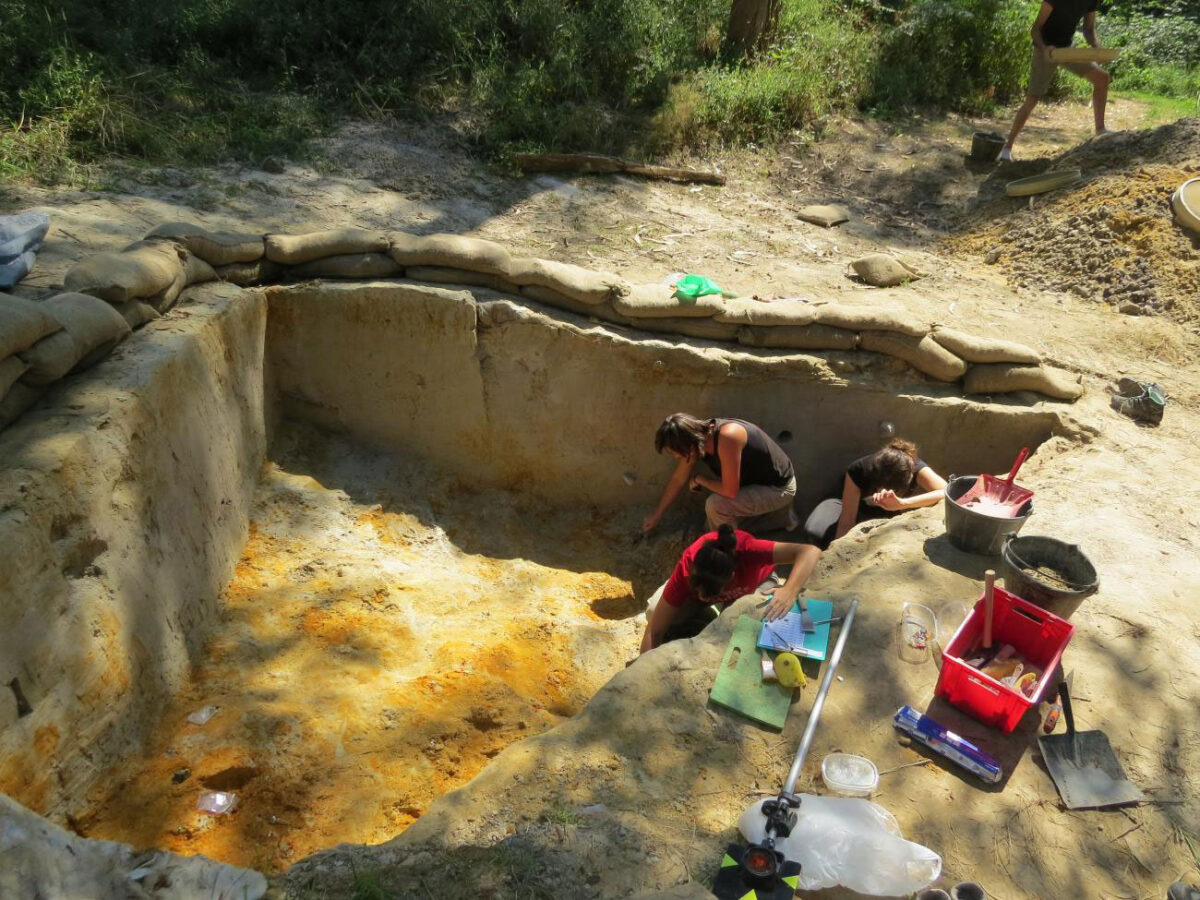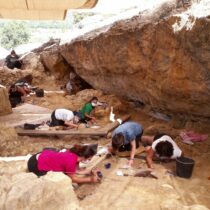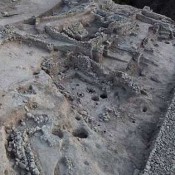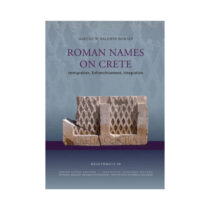The CENIEH has participated in a study, led by the archaeologist Joseba Rios-Garaizar, on evidence for local extinction and population replacement among Neanderthals even before Homo sapiens arrived in this region of northern Spain.
Scientists at the Centro Nacional de Investigación sobre la Evolución Humana (CENIEH) have participated in a study led by the researcher Joseba Rios-Garaizar, of the Arkeologi Museoa in Bilbao, just published in the journal PLOS ONE, which analyzed over 5000 remains of Châtelperronian technology recovered at the site of Aranbaltza II (Barrika, Bizkaia), and dated to 43,500 years old, leading to the conclusion that there was local extinction and population replacement among Neanderthals even before Homo sapiens arrived in this region of northern Spain
The Neanderthals disappeared some 40,000 years ago, but many details of their extinction still prove difficult to understand. To address this, the new study explores the changes and transformations Neanderthal populations underwent during the final millennia of their existence.
This work has established clearly that the Châtelperronian appeared in the region prior to the arrival of the first H. sapiens in the Iberian Peninsula. By comparing this site to nearby ones with Mousterian technology attributed to Neanderthals, it is noticed that there is no technological resemblance between them, suggesting that the Châtelperronian is not the result of local evolution but a lithic industry that developed in a different region, likely in southern France, and which was brought to Aranbaltza by the Neanderthals.
“In view of this evidence, we propose that the Neanderthal populations with Mousterian technology disappeared and were replaced by other Neanderthal groups with the Châtelperronian. These Neanderthals were in turn replaced by the earliest groups of Homo sapiens to arrive in the Iberian Peninsula”, says Rios-Garaizar.
These patterns of local extinction and population replacement could be an important future field of research, as they might have played a significant role in Neanderthal decline and extinction.
Spatial study
In coordination with this work, the spatial study of the Aranbaltza II site led by Laura Sánchez-Romero, a researcher at the Human Evolution Research Center of the University of California Berkeley, has been published in the journal Archaeological and Anthropological Sciences, looking at the processes involved in the formation of the site through the application of hotspot analysis, namely, the density and orientation patterns of archaeological materials, in combination with sedimentological data.
This work highlights the need to analyze sites from a perspective of geoarchaeology and spatial organization to determine the factors that propitiated the accumulation of materials, before we can make assumptions about human behavior.
The results show that the materials were buried rapidly, thus protecting them and their spatial integrity, enabling the main zones where archaeological remains accumulated to be preserved, and also preserving the activities carried out at the site.





